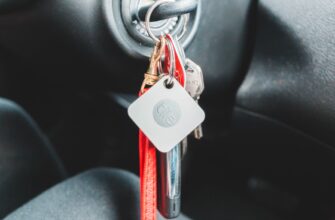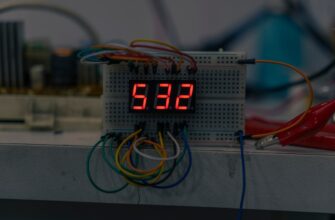Understanding ADA Hedging on Kraken
Hedging Cardano (ADA) on Kraken involves strategically opening offsetting positions to protect your holdings from market volatility. As one of crypto’s most established exchanges, Kraken offers spot, futures, and margin trading—essential tools for manual hedging. Unlike automated systems, manual hedging gives you full control over entry/exit points and position sizing, letting you react to real-time ADA price movements while minimizing downside risk during market turbulence.
Why Hedge Your Cardano Investments?
ADA’s price can swing dramatically due to protocol upgrades, regulatory news, or broader crypto market shifts. Hedging acts as an insurance policy:
- Portfolio Protection: Lock in ADA value during bearish trends without selling
- Earn Yield Safely: Hedge staked ADA against price drops
- Event Volatility Shield: Mitigate risks around major Cardano hard forks or announcements
- Long-Term Holder Strategy: Maintain exposure while reducing short-term downside
Manual Hedging Step-by-Step on Kraken
Follow this precise workflow to hedge ADA manually:
- Fund Your Kraken Account: Deposit USD/stablecoins or ADA into your Kraken Pro account (required for futures).
- Open Spot ADA Position: Buy ADA in your Spot wallet if you don’t already hold it.
- Navigate to Futures: Go to “Trade” → “Futures” and search for ADA perpetual contracts (e.g., ADA/USD).
- Calculate Hedge Ratio: For every $100 of ADA spot holdings, open a $100 short position in ADA-PERP to create a delta-neutral hedge.
- Place Short Order: Select “Sell” and enter your calculated contract size. Use limit orders for precise execution.
- Monitor & Adjust: Track ADA spot/futures prices daily. Rebalance if values diverge by more than 5%.
- Close Positions: Unwind both spot and futures simultaneously when hedging is no longer needed.
Critical Hedging Risks & Mitigation Tactics
While hedging reduces directional risk, these challenges require vigilance:
- Funding Rates: Negative rates on shorts cost you; monitor Kraken’s 8-hour rate adjustments
- Liquidation Danger: Maintain 3x required margin to avoid forced position closures
- Slippage: Hedge during high-liquidity periods (UTC 14:00-18:00)
- Over-Hedging: Never exceed 100% of your spot value to avoid synthetic leverage
Always test strategies with small positions first using Kraken’s demo mode.
Kraken Tools for Effective ADA Hedging
Maximize your manual approach with these platform features:
- Advanced Charting: Set EMA/SMA alerts for ADA price breakouts
- Conditional Orders: Automate stop-losses on futures positions
- Margin Calculator: Precisely determine required collateral
- Liquidity Heatmaps: Identify optimal entry points using depth charts
FAQ: Hedging ADA on Kraken
Q: What’s the minimum ADA needed to hedge on Kraken?
A: Kraken Futures require ~$50 in margin per contract. Hedge even small holdings (e.g., 100 ADA) by fractional contracts.
Q: Can I hedge ADA without shorting?
A: Yes! Buy put options (when available) or pair with stablecoin yield farming. Shorting futures is currently Kraken’s most direct method.
Q: How often should I rebalance my hedge?
A: Check weekly or after 5%+ ADA price moves. Rebalancing frequency impacts funding costs.
Q: Does Kraken charge extra for hedging?
A: Standard 0.02% taker/0.05% maker futures fees apply. Funding rates are separate costs/credits.
Q: Is hedging ADA tax-efficient?
A: Varies by jurisdiction. In the US, futures receive 60/40 tax treatment—consult a crypto-savvy accountant.
Mastering Risk in Cardano Markets
Manual ADA hedging on Kraken transforms volatility from a threat into a manageable variable. By combining spot holdings with strategic short positions, you maintain Cardano exposure while capping potential losses. Remember: successful hedging requires disciplined position sizing, continuous monitoring, and adapting to Kraken’s unique fee structure. Start small, document every trade, and refine your approach as you build confidence in navigating ADA’s price waves.








